The health benefits of connecting with nature
I’ve always enjoyed the great outdoors. Growing up us a kid in Australia, I was fortunate to live near National Parks and the Sydney coastline, as well as regularly going camping for holidays. Time in the outdoors always came with a sense of wonder, awe, and total freedom - and never failed to leave me upbeat and invigorated. It’s therefore a no-brainer that my mindfulness journey would segue into the healing power of nature.
Shinrin-yoku (or forest bathing) was first proposed in 1982 by the Forest Agency of Japan as an important part of a healthy lifestyle. It wasn’t until 2005 however that the benefits were investigated scientifically. Today, three countries (Japan, South Korea and Finland) officially recognise this practice as a way of providing relaxation and stress management.
So what does the science say?
Since we spend so much time indoors now or on devices, we are slowly becoming “more busy” and less connected to nature and our senses. This had led to environment writer Richard Louv coining the term “nature deficit disorder” which he describes as a “form of suffering that comes from a sense of disconnection from nature and its powers”.
“Over 100 studies have shown that being in nature, living near nature, or even viewing nature in paintings and videos can have positive impacts on our brains, bodies, feelings, thought processes, and social interactions” - Green and Keltner
Research by the Kaplans in the 1980s found attention restoration benefits after spending time in nature. They defined two types of attention. “Directed attention” is the attention we typically use in our workday and is very cognitive, task or outcome driven. However, sustained periods of directed attention can lead to mental fatigue. “Fascination attention” on the other hand, is an effortless attention, whereby we are involuntarily responsive to external stimuli and this type of attention is restorative and can alleviate mental fatigue. Therefore exposure to natural environments has psychological benefits.
Your Brain on Nature by Selhub and Logan, documented research into health-care utilisation in a Michigan Prison in 1981. That study revealed there was a higher rate of medical intervention for those whose cells faced an internal concrete yard as opposed to a view of farmlands and forests. And in another study, the presence of greenery in hospital rooms was proven to speed patient recovery after surgery versus those patients in rooms without any greenery. In yet another study, researchers in Japan and North America have found that having plants in an office environment can reduce eye strain and operator fatigue, as well as improve productivity and concentration.
In a University of Minnesota article by the Earl E. Bakken Centre for Spirituality and Healing, research concluded that even just viewing scenes of nature can reduce anger, fear and stress, and increase pleasant feelings. When participants in one particular study viewed nature scenes, their brain activity was measured by MRI and was shown to light up those parts of the brain associated with empathy and love. They concluded nature inspires feelings that connect us to each other and to the environment.
Florence Williams, in her book The Nature Fix, states the following research supporting the benefits of nature for humans:
1. After just 5 mins in a forest surrounded by trees, the heart rate slows, facial muscles relax, and the prefrontal cortex (responsible for planning, decision-making and short-term memory) quiets.
2. Spending 15 mins in nature can reduce levels of cortisol (the stress hormone).
3. Spending 1½ hours in nature reduces rumination and helps us to be less preoccupied with problems.
4. Spending 2 hours per week in nature can make us happier and boost overall health and well-being.
Implementing a course correction
Nature supports an intention to be present - and Mindful Outdoor Experiences (MOEs) can be a great way to enjoy the benefits of both nature and mindfulness; using all of our senses to heighten our awareness and restore our attention.
Nature is more than just a material resource. It’s also a pathway to human health and happiness
- Green and Keltner
Meaningful connection with the generative powers of nature is an essential part of a healthy and balanced lifestyle and MOEs can not only help people to manage stress but can also be used to re-establish a reciprocal relationship with the earth. As a Mindful Outdoor Guide, I use present-moment awareness, deep breathing, and conscious movement, to help people awaken their senses and receive the beneficial healing properties of nature. By serving as a catalyst for healing through nature and for strengthening people's bonds with nature, we also improve the chance that our communities will steward the natural systems we all depend upon for our health and well-being.
If you’re based in Switzerland, contact us to enquire about a private experience for your group or organisation. This is a perfect complement to a family day out or an offsite workshop or strategy day.
And for those of you who are not based in the Lausanne area or may not have easy access to a green or blue space, consider these quick and easy alternatives:
1. Find a pot plant for your home and/or office desk.
2. Spend some time walking barefoot outside on the earth.
3. Watch a nature documentary instead of a movie this week.
4. Unplug for 15 mins and sit outside or look out of your window.
5. Buy some seeds, soil, and a pot at a nursery and watch something grow.
“In every walk with nature, one receives far more than he seeks”, John Muir.


